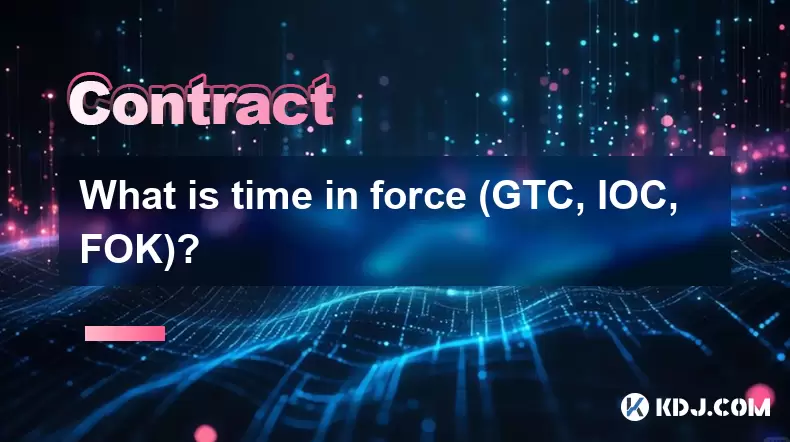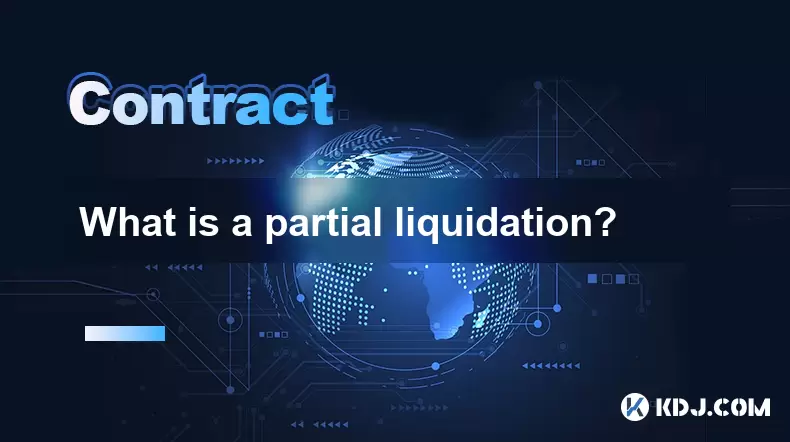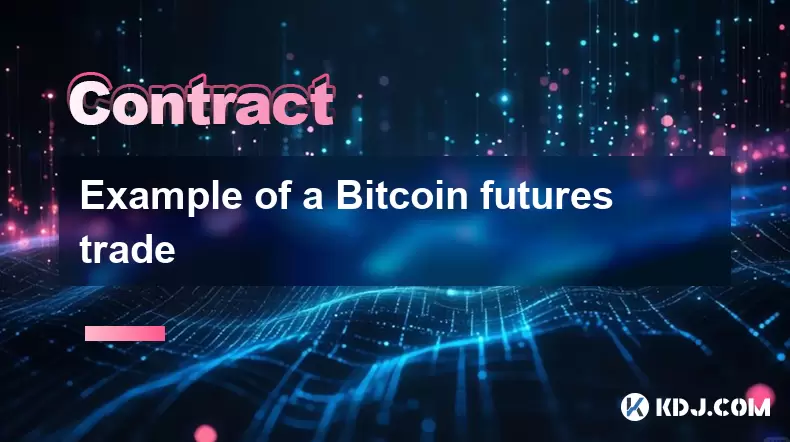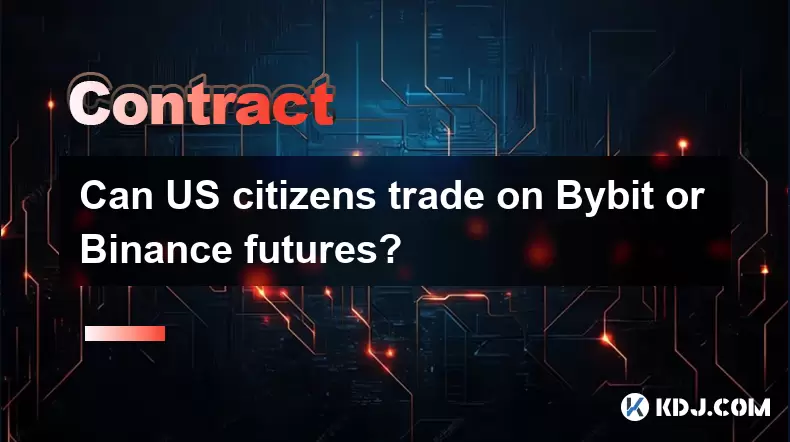-
 Bitcoin
Bitcoin $118300
-1.72% -
 Ethereum
Ethereum $3591
-0.69% -
 XRP
XRP $3.478
-3.53% -
 Tether USDt
Tether USDt $1.001
-0.01% -
 BNB
BNB $737.7
-0.54% -
 Solana
Solana $177.3
-2.40% -
 USDC
USDC $0.9999
-0.01% -
 Dogecoin
Dogecoin $0.2538
7.04% -
 TRON
TRON $0.3256
-0.85% -
 Cardano
Cardano $0.8332
-3.48% -
 Hyperliquid
Hyperliquid $44.80
-3.30% -
 Stellar
Stellar $0.4672
-6.09% -
 Sui
Sui $3.828
-5.98% -
 Chainlink
Chainlink $18.15
-3.41% -
 Hedera
Hedera $0.2655
-7.16% -
 Bitcoin Cash
Bitcoin Cash $517.5
-0.64% -
 Avalanche
Avalanche $23.89
-2.37% -
 Shiba Inu
Shiba Inu $0.00001519
-0.45% -
 UNUS SED LEO
UNUS SED LEO $8.973
0.13% -
 Toncoin
Toncoin $3.211
-2.54% -
 Litecoin
Litecoin $103.5
-3.58% -
 Polkadot
Polkadot $4.313
-3.90% -
 Uniswap
Uniswap $10.31
0.67% -
 Monero
Monero $325.4
-2.88% -
 Bitget Token
Bitget Token $5.049
3.51% -
 Ethena USDe
Ethena USDe $1.002
0.04% -
 Pepe
Pepe $0.00001346
-2.96% -
 Dai
Dai $0.9999
-0.02% -
 Aave
Aave $322.1
-2.93% -
 Bittensor
Bittensor $411.9
-4.70%
What is time in force (GTC, IOC, FOK)?
In cryptocurrency trading, Time in Force (TIF) options like GTC, IOC, and FOK help traders control how and when their orders execute, impacting trade outcomes in volatile markets.
Jul 19, 2025 at 08:57 am

Understanding Time in Force in Cryptocurrency Trading
In the world of cryptocurrency trading, the Time in Force (TIF) is a crucial parameter that determines how long an order remains active in the market before it is executed or canceled. Unlike traditional stock markets, where orders can behave differently, crypto exchanges often use specific TIF options such as GTC, IOC, and FOK. These settings allow traders to control the execution of their trades based on time and price conditions.
Time in Force is not just a technical setting; it directly impacts the outcome of trades, especially in volatile markets like cryptocurrencies. Understanding how each TIF works can help traders manage risk, optimize entry or exit points, and avoid unintended executions.
What Does GTC Mean?
GTC stands for "Good Till Cancelled". This Time in Force option means that the order will remain active on the exchange until it is either fully executed or manually canceled by the trader. GTC is one of the most commonly used order types in crypto trading because it gives traders the flexibility to wait for the market to reach their desired price without having to re-enter the order repeatedly.
- Use case: A trader places a buy order for 1 BTC at $30,000 with GTC. If the price doesn’t reach $30,000 on that day, the order remains open until the trader cancels it or it gets filled.
- Limitations: Some exchanges may impose a time limit on GTC orders, such as 7 or 30 days, after which they expire automatically.
This type of order is especially useful for traders who are not in a hurry to execute their trades and are willing to wait for the market to move in their favor.
What Is IOC and When to Use It?
IOC stands for "Immediate or Cancel". This Time in Force setting means that the order must be executed immediately at the specified price or better. If the full amount cannot be filled right away, the remaining portion of the order is automatically canceled.
- Execution: The order tries to match existing orders on the order book instantly.
- Partial fills: If only part of the order can be filled, the rest is canceled.
Example: A trader wants to buy 5 ETH at $2,000 using IOC. If there are only 3 ETH available at that price, the system will execute 3 ETH and cancel the remaining 2 ETH order.
This order type is ideal for traders who want to enter or exit a position quickly without waiting for the full amount to be matched.
What Is FOK and How Is It Different?
FOK stands for "Fill or Kill". This Time in Force instruction is more strict than IOC. It requires that the entire order be executed immediately and in full. If the market does not have enough liquidity to fulfill the entire order at the specified price, the order is completely canceled without any partial execution.
- All-or-nothing: The system does not allow partial fills.
- Use case: Used when a trader wants to ensure that their order doesn’t get executed in parts, which could lead to unfavorable average prices.
Example: A trader sets a FOK sell order for 10 ETH at $2,500. If there isn’t enough demand to buy all 10 ETH at that price, the order is canceled entirely.
FOK is commonly used by institutional traders or those placing large orders where partial execution could lead to inefficiencies or price slippage.
How to Set Time in Force Parameters on Crypto Exchanges
Most major cryptocurrency exchanges allow traders to select the Time in Force option when placing an order. The exact steps may vary slightly between platforms, but the general process remains consistent.
- Step 1: Log in to your exchange account and navigate to the trading pair you want to trade (e.g., BTC/USDT).
- Step 2: Enter the amount and price for your order.
- Step 3: Look for the "Time in Force" or "TIF" dropdown menu, usually located near the order placement buttons.
- Step 4: Select your preferred option: GTC, IOC, or FOK.
- Step 5: Review your order details and click "Buy" or "Sell" to submit.
Some exchanges may label these options differently or provide additional TIF settings, but the core functionality of GTC, IOC, and FOK remains the same across platforms.
Impact of Time in Force on Trading Strategy
Choosing the right Time in Force setting can significantly influence a trader’s strategy, especially in fast-moving crypto markets. Each TIF option serves a different purpose and can be used strategically depending on market conditions and the trader’s goals.
- GTC: Best for passive traders or those placing limit orders that may take time to be filled.
- IOC: Suitable for traders who want to take advantage of immediate liquidity without waiting.
- FOK: Ideal for large trades where partial execution is undesirable.
Risk management: Using IOC or FOK can help avoid slippage and prevent unintended exposure to the market. However, they may also result in missed opportunities if liquidity is insufficient.
Understanding and applying these TIF options effectively can improve execution quality and align with a trader’s overall strategy in the volatile crypto market.
Frequently Asked Questions
Q: Can I change the Time in Force after placing an order?
A: No, once an order is placed, the Time in Force setting cannot be modified. You would need to cancel the existing order and place a new one with the desired TIF option.
Q: Are GTC orders permanent on all exchanges?
A: Not necessarily. While GTC means the order stays active until canceled, some exchanges may impose a maximum duration, such as 7 or 30 days, after which the order expires automatically.
Q: Why do some exchanges not offer FOK as an option?
A: FOK is more commonly found on advanced or institutional trading platforms. Some retail-focused exchanges may not support it due to lower demand or technical limitations in their order matching systems.
Q: Can IOC and FOK orders be used with stop-limit orders?
A: It depends on the exchange. Some platforms allow combining TIF options with stop-limit orders, while others may restrict this functionality. Always check the specific exchange’s documentation.
Disclaimer:info@kdj.com
The information provided is not trading advice. kdj.com does not assume any responsibility for any investments made based on the information provided in this article. Cryptocurrencies are highly volatile and it is highly recommended that you invest with caution after thorough research!
If you believe that the content used on this website infringes your copyright, please contact us immediately (info@kdj.com) and we will delete it promptly.
- Crypto Picks: Navigating the Meme Coin Mania – Toshi, Ski Mask Dog, and the Elusive Pepe Coin 30,000% Rally
- 2025-07-19 14:30:13
- MoonBull, Meme Coins, and Your Watchlist: What's Hot Right Now
- 2025-07-19 14:30:13
- Crypto Market Mania: Ethereum Surges, Trump's Company Cashes In!
- 2025-07-19 12:30:13
- NFT Trading, Users, and the Quest for a Comeback: What's the Deal?
- 2025-07-19 12:30:13
- Baby Sex: Unpacking the Influencing Factors and Birth Sex Trends
- 2025-07-19 12:50:13
- Satoshi Nakamoto, Bitcoin, and Bill Gates: A New World Order?
- 2025-07-19 13:15:12
Related knowledge

What is a maker vs a taker fee?
Jul 19,2025 at 01:14am
Understanding the Basics of Cryptocurrency Exchange FeesIn the world of cryptocurrency trading, maker vs taker fees are a fundamental concept that eve...

What is time in force (GTC, IOC, FOK)?
Jul 19,2025 at 08:57am
Understanding Time in Force in Cryptocurrency TradingIn the world of cryptocurrency trading, the Time in Force (TIF) is a crucial parameter that deter...

What is a partial liquidation?
Jul 19,2025 at 01:49am
Understanding the Basics of Partial LiquidationIn the world of cryptocurrency trading, especially within leveraged positions, partial liquidation refe...

Example of a Bitcoin futures trade
Jul 19,2025 at 12:43am
Understanding Bitcoin Futures TradingBitcoin futures trading is a financial instrument that allows investors to speculate on the future price of Bitco...

Can US citizens trade on Bybit or Binance futures?
Jul 18,2025 at 10:14pm
Understanding the Legal Status of US Citizens on Global Crypto ExchangesThe question of whether US citizens can trade on Bybit or Binance futures is o...

Can I trade Bitcoin contracts with no KYC?
Jul 19,2025 at 01:07pm
Understanding Bitcoin Contracts and Their RelevanceBitcoin contracts refer to financial instruments that allow traders to speculate on the price movem...

What is a maker vs a taker fee?
Jul 19,2025 at 01:14am
Understanding the Basics of Cryptocurrency Exchange FeesIn the world of cryptocurrency trading, maker vs taker fees are a fundamental concept that eve...

What is time in force (GTC, IOC, FOK)?
Jul 19,2025 at 08:57am
Understanding Time in Force in Cryptocurrency TradingIn the world of cryptocurrency trading, the Time in Force (TIF) is a crucial parameter that deter...

What is a partial liquidation?
Jul 19,2025 at 01:49am
Understanding the Basics of Partial LiquidationIn the world of cryptocurrency trading, especially within leveraged positions, partial liquidation refe...

Example of a Bitcoin futures trade
Jul 19,2025 at 12:43am
Understanding Bitcoin Futures TradingBitcoin futures trading is a financial instrument that allows investors to speculate on the future price of Bitco...

Can US citizens trade on Bybit or Binance futures?
Jul 18,2025 at 10:14pm
Understanding the Legal Status of US Citizens on Global Crypto ExchangesThe question of whether US citizens can trade on Bybit or Binance futures is o...

Can I trade Bitcoin contracts with no KYC?
Jul 19,2025 at 01:07pm
Understanding Bitcoin Contracts and Their RelevanceBitcoin contracts refer to financial instruments that allow traders to speculate on the price movem...
See all articles

























































































